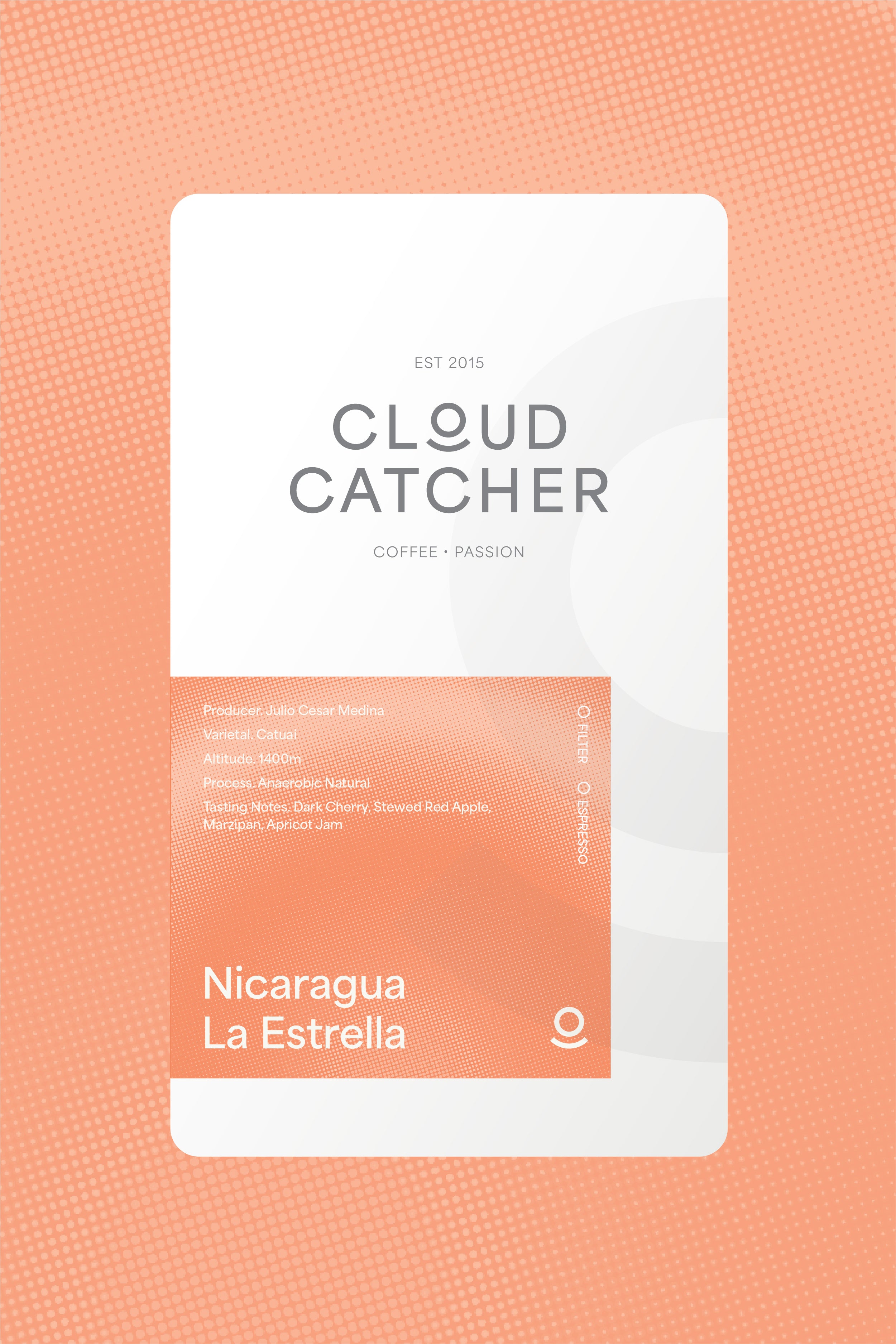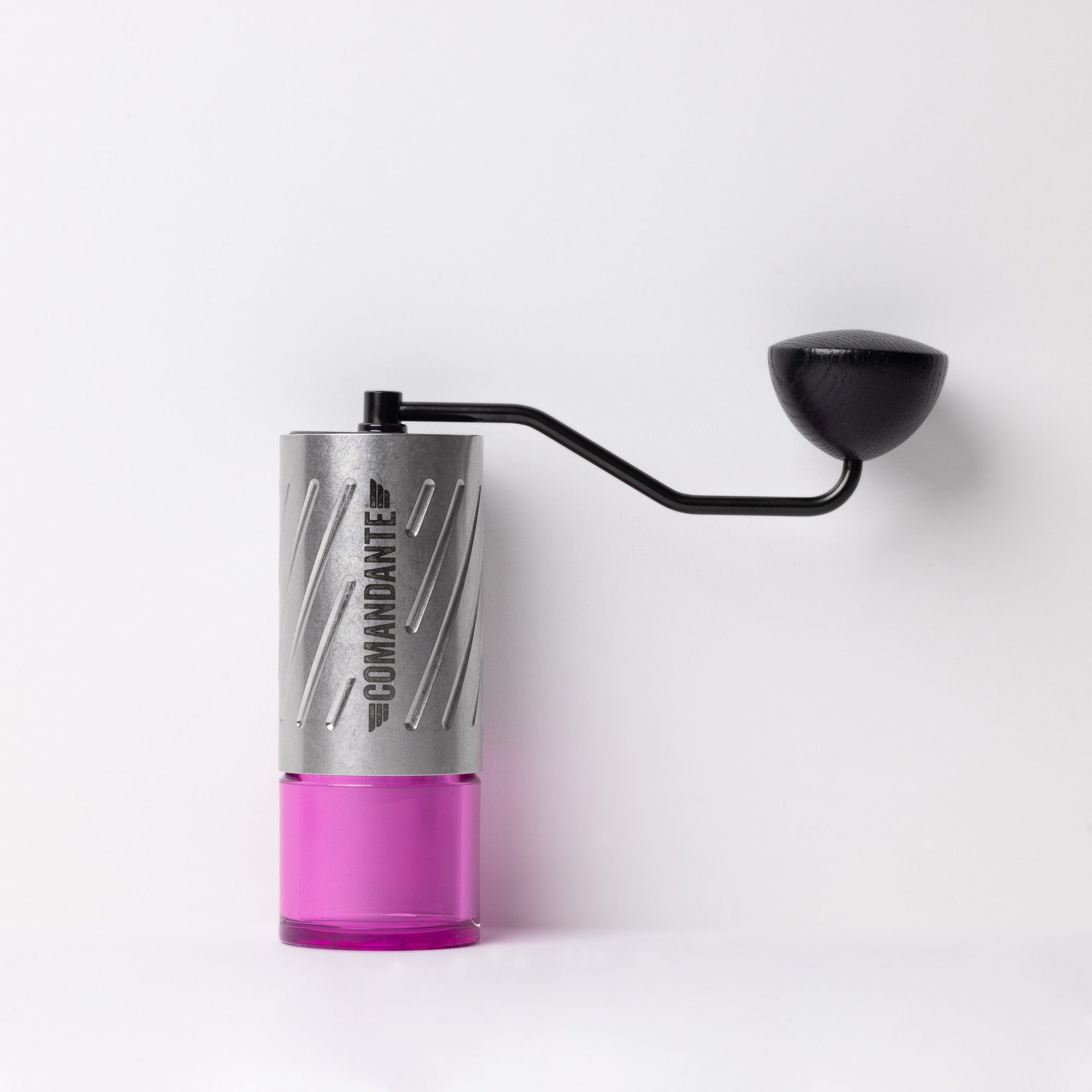Cloud Catcher 10 Year Anniversary Giveaway
10 Year means a full month of celebration! And we kick it off by giving away a few things we truly love.
One winner will receive:
- Volume 1 of the Iris Estate 2025 Harvest – five expressive new Geishas from Panama’s highest elevations
- A Ni Wares Bouba – our go-to dual-lipped cup for savoring every layer
For those who chase beauty in the brew.
---
Terms & Conditions
- To be eligible, customers must spend a minimum of RM250 in a single receipt.
- Qualifying purchases must include roasted coffee or green coffee only.
- Only online orders placed via Cloud Catcher’s website between 29th June and 29th July 2025 are eligible.
- Multiple entries are allowed – every RM250 spent in a single order qualifies as one entry.
- Giveaway is open to customers in Malaysia .
- Cloud Catcher reserves the right to verify all entries and disqualify those that do not meet the criteria.
- Prizes are not exchangeable for cash or other items.
- Cloud Catcher’s decision is final and binding in all matters related to this giveaway.


